
IPI systems function similarly to standing pilot systems with a few exceptions. Here is a basic overview on how an IPI system functions:
- When you turn on the fireplace with your remote control or wall switch, It uses an automatic ignitor to light the pilot flame.
- Once the pilot flame is lit, it is sensed by a “rectifier” instead of a thermocouple.
- When the pilot flame is sensed by the rectifier, the main burner will turn on and the fireplace will operate.
- Typically if the main burner does not ignite after a certain period of time, the pilot will shut off.
When there are issues with the main burner igniting, its important to watch the pilot as it ignites.
If the pilot light lights but you sill hear a click and see it continue to spark, there is an issue with the fireplace sensing or rectifying the pilot flame. Here is a video that shows this:
The good news is that is is typically an easy thing to fix:
How to Clean Off and Test Your Pilot Rectifier
Time to Complete:15-20 minutes
Recommended Tools
- Your Eyes
- a $1 bill or emery cloth
Sometimes your pilot flame rectifier can become coated with the same white deposit that forms on your glass or other contaminates that prevent it from sensing the flame. This can easily be cleaned off with a dollar bill or emery cloth (I usually use a dollar bill because I never have emery cloth). It is important NOT to use steel wool or sandpaper as this can scratch the probe and make it worse. Make sure to clean the pilot hood as well as any metal probes you see:
Need A Pilot Assembly?
Or send a picture of the pilot assembly here and someone will help you find what you need.
You can also purchase a pilot assembly specific to your fireplace at your local fireplace dealer.

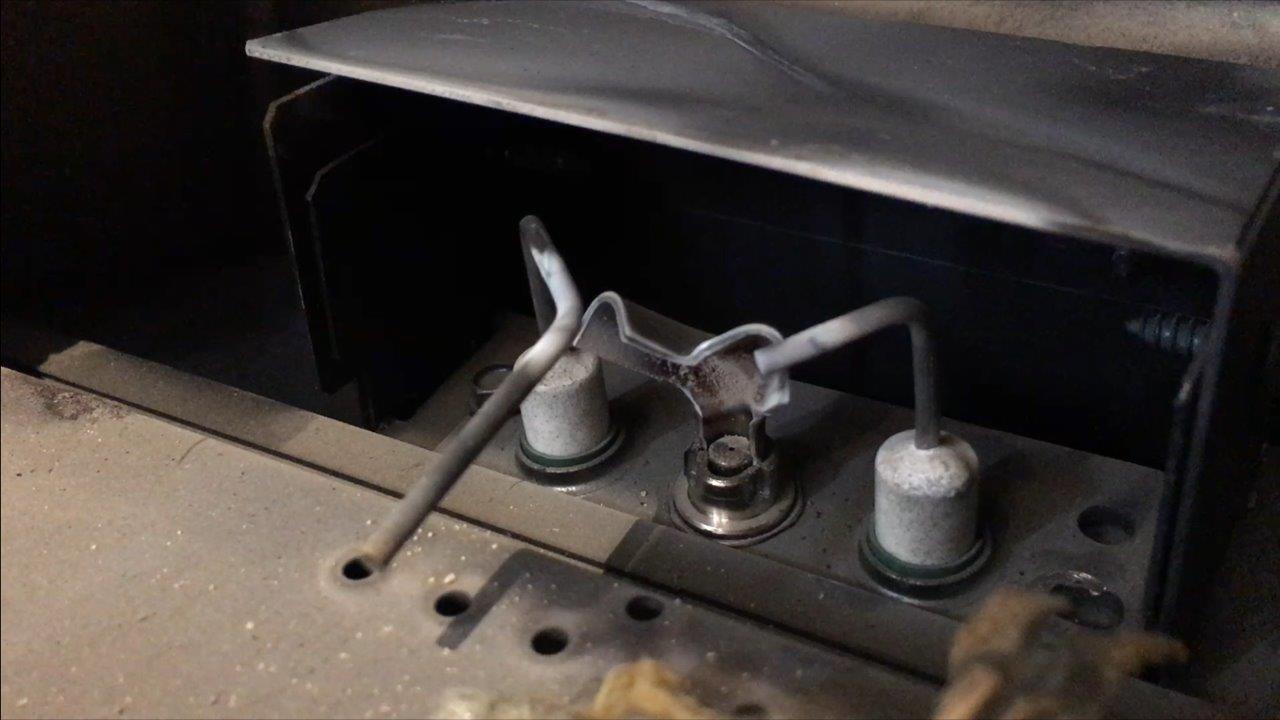
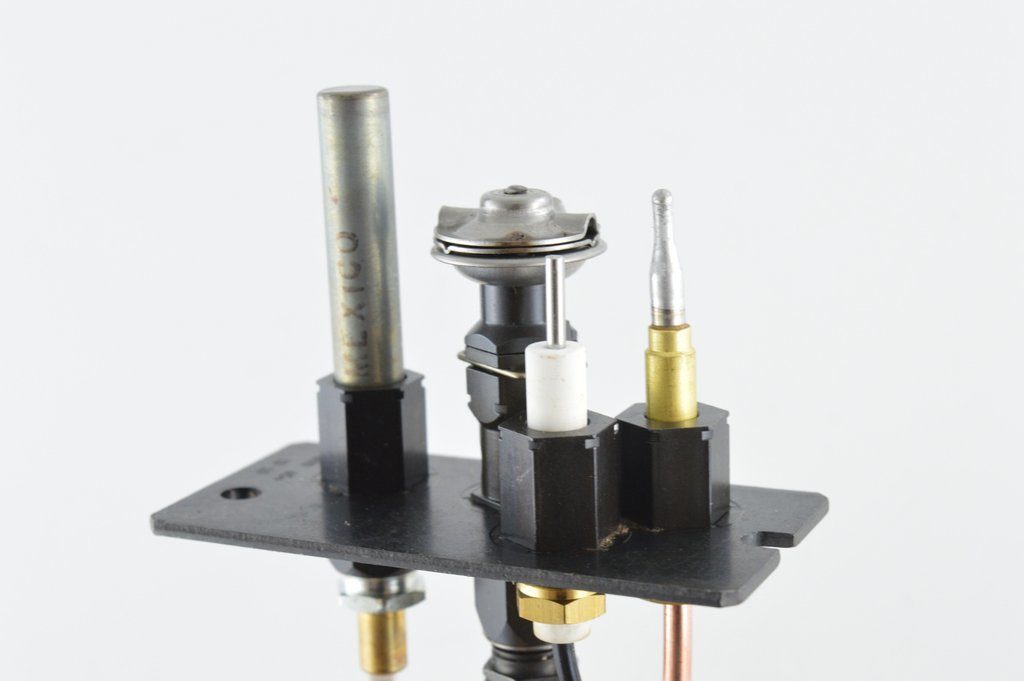
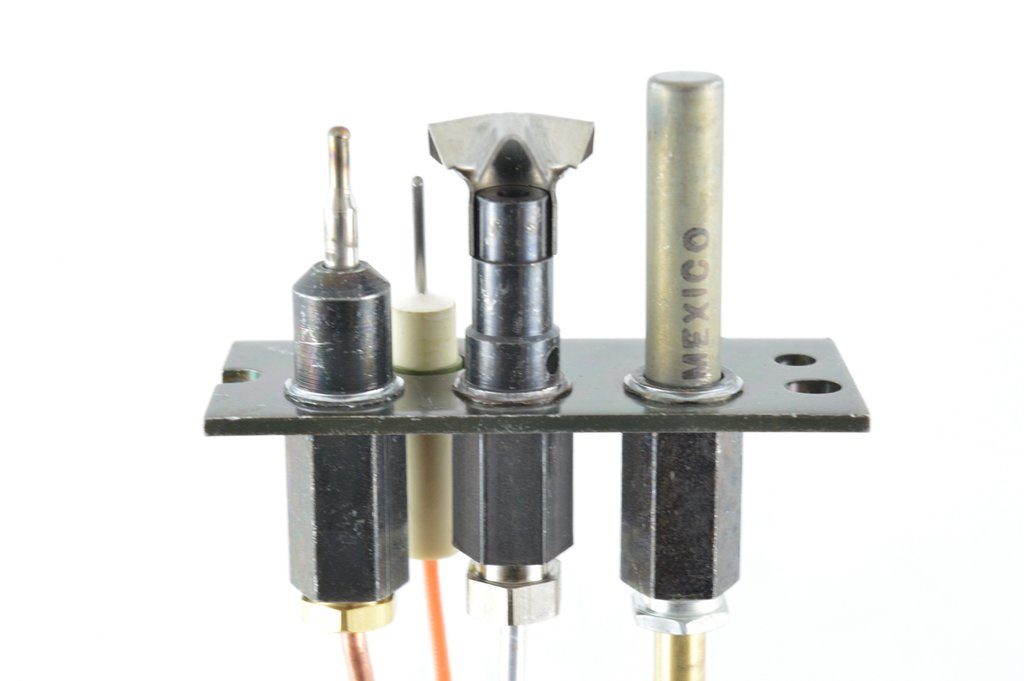

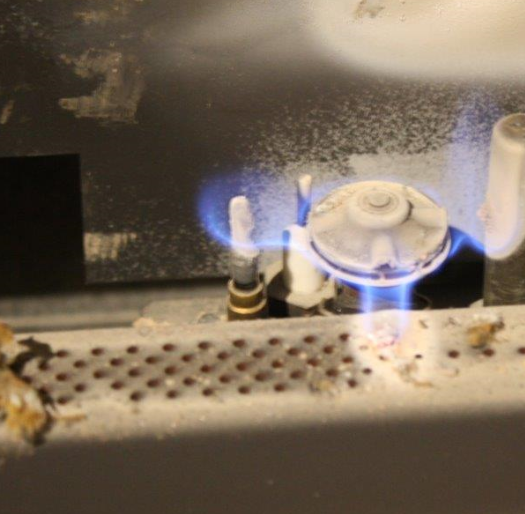







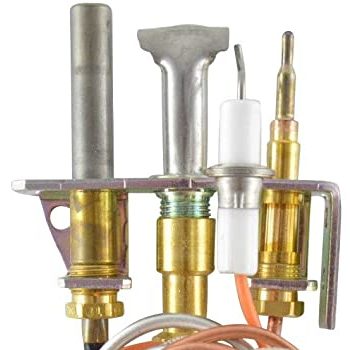
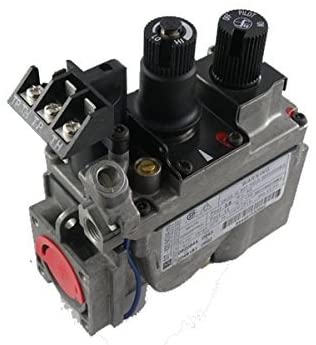
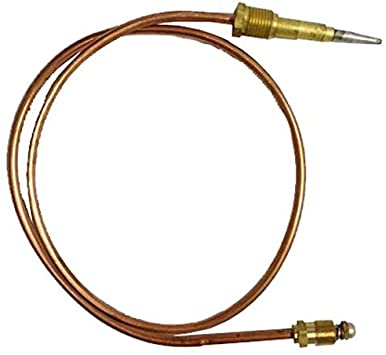
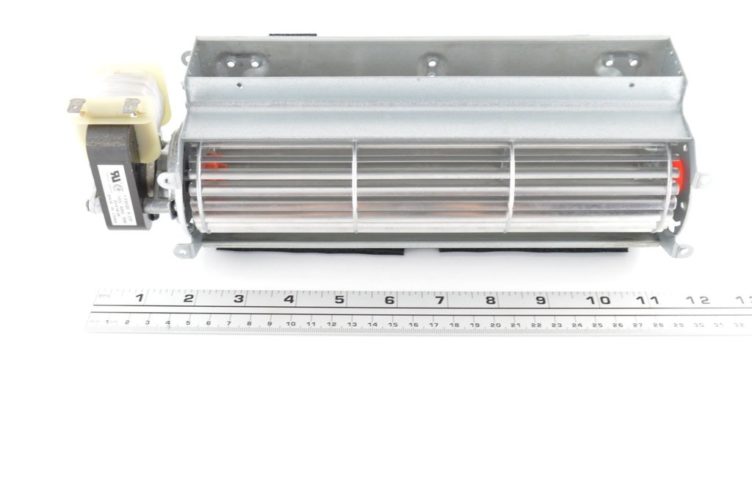
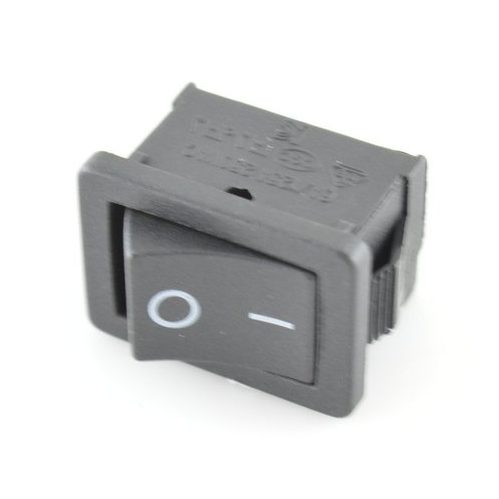
February 19, 2018
There must be something else causing the main burner to ignite. Make sure there are no other toggle switches near the main control valve or anything else connected to the brown wires underneath besides the wall switch wires.
February 19, 2018
There must be something else causing the main burner to ignite. Make sure there are no other toggle switches near the main control valve or anything else connected to the brown wires underneath besides the wall switch wires.